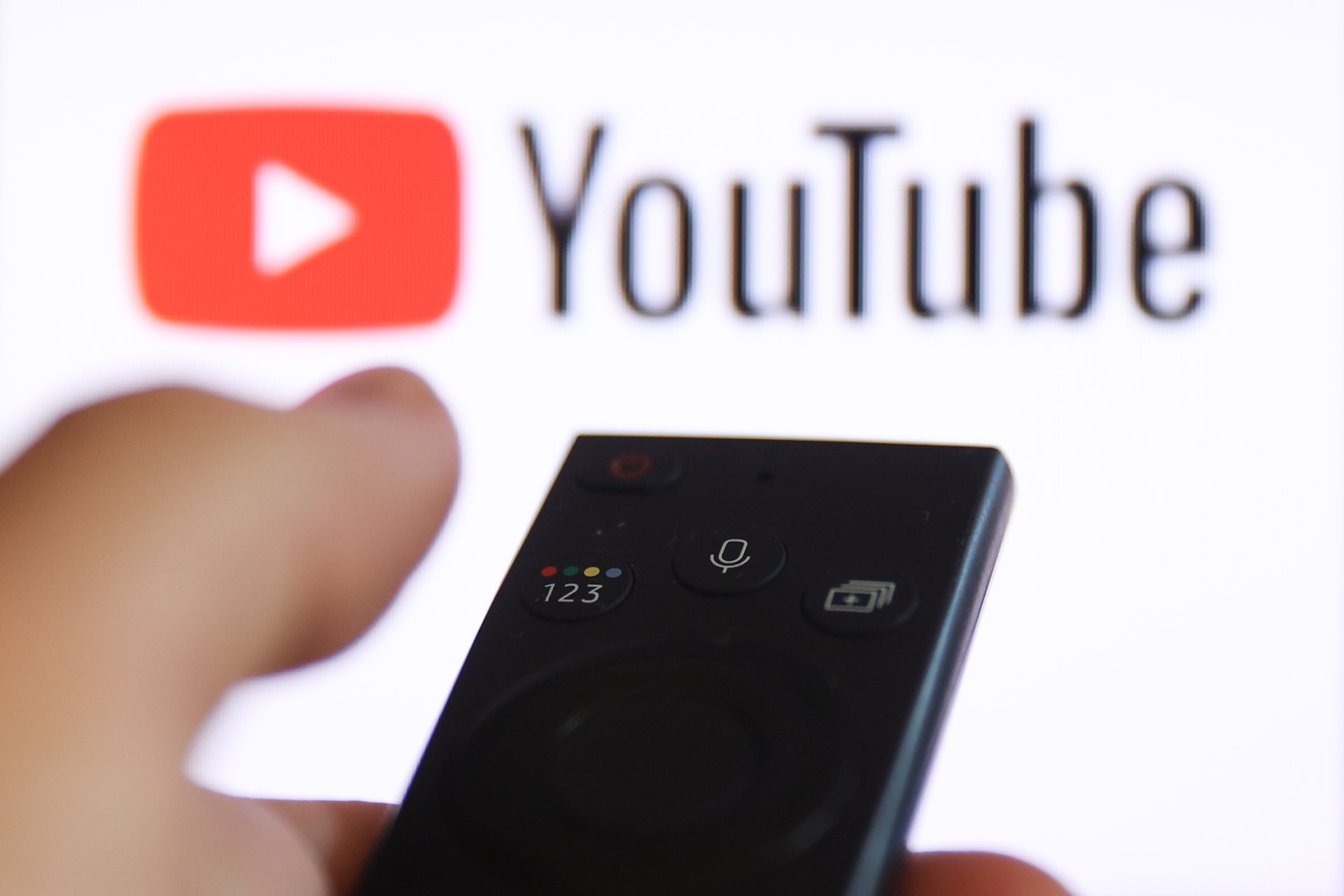Disney is losing millions a day in its fight with YouTube TV
Disney’s most profitable networks have gone dark on YouTube TV, a $4 million-a-day standoff that lands days before the ABC parent's Thursday earnings

Jakub Porzycki/NurPhoto via Getty Images
Disney has lost the remote — and about $4 million a day with it. YouTube TV flipped the switch on ESPN, ABC, FX, National Geographic, and other Disney-owned networks after the carriage agreement between the two expired on Oct. 30, erasing Disney’s most profitable channels from one of the country’s biggest streaming bundles.
Suggested Reading
Now, analysts at Morgan Stanley estimate the blackout is costing Disney roughly $30 million per week in lost affiliate fees and advertising revenue — about $4.3 million for every 24 hours the screen stays dark.
Related Content
This is a familiar fight in an unfamiliar arena. Disney wants higher carriage fees, arguing that ESPN and ABC remain essential for live sports and primetime reach. Alphabet, Google’s parent company, which also owns YouTube TV, says those demands would force price hikes for subscribers and upset rate-parity agreements with other distributors. In the old cable-dominated world, Disney could wait out a blackout; consumers had fewer choices, and networks carried leverage. But YouTube TV is now the largest live-TV streaming service in the U.S., with well over nine million subscribers and an expanding grip on the distribution side of the business.
The timing couldn’t be worse for Disney.
ESPN is in its peak sports season — the NFL, NBA, college football, even hockey — and each blackout day erodes the audience advertisers pay to reach. ABC’s fall programming is also mid-flight, costing the network primetime inventory during a key ad window. Analysts estimate that if the dispute lingers into next week, cumulative losses could top $60 million. That may not move Disney’s market cap, but it deepens an uncomfortable narrative: A company once defined by its dominance in linear TV is now taking daily hits from a platform that didn’t exist when cable was king.
Google can likely afford to be patient. It’s offering affected YouTube TV subscribers a $20 credit, a gesture that costs far less than giving in to Disney’s rate demands. (That has come with its own controversy, though, as users have accused the company of hiding how to apply for the bill relief.) YouTube TV is betting that viewers will tolerate missing a few games more than they’ll tolerate higher monthly fees. This, for now, is a small-scale experiment in who controls the value chain, and early evidence suggests distribution has the upper hand.
For Disney, the blackout adds to a pile of pressures already testing CEO Bob Iger: streaming profitability targets, restructuring costs, and ESPN’s uncertain path toward a standalone app or joint venture. Losing visibility on YouTube TV doesn’t threaten the company’s survival, but it dents its leverage at a delicate moment. Every dark day means fewer impressions, fewer ad dollars, and more pressure to settle before this fight starts eating into the company’s November earnings — which come before the bell on Thursday.
Most analysts expect the dispute to end soon — neither side benefits from dragging it through the rest of football season. But when the screens flicker back to life, the lesson will linger. In the new order of television, content may still be the show, but distribution runs the controls.
